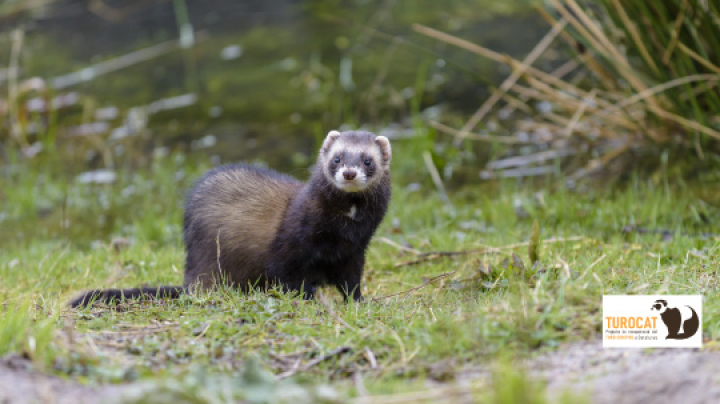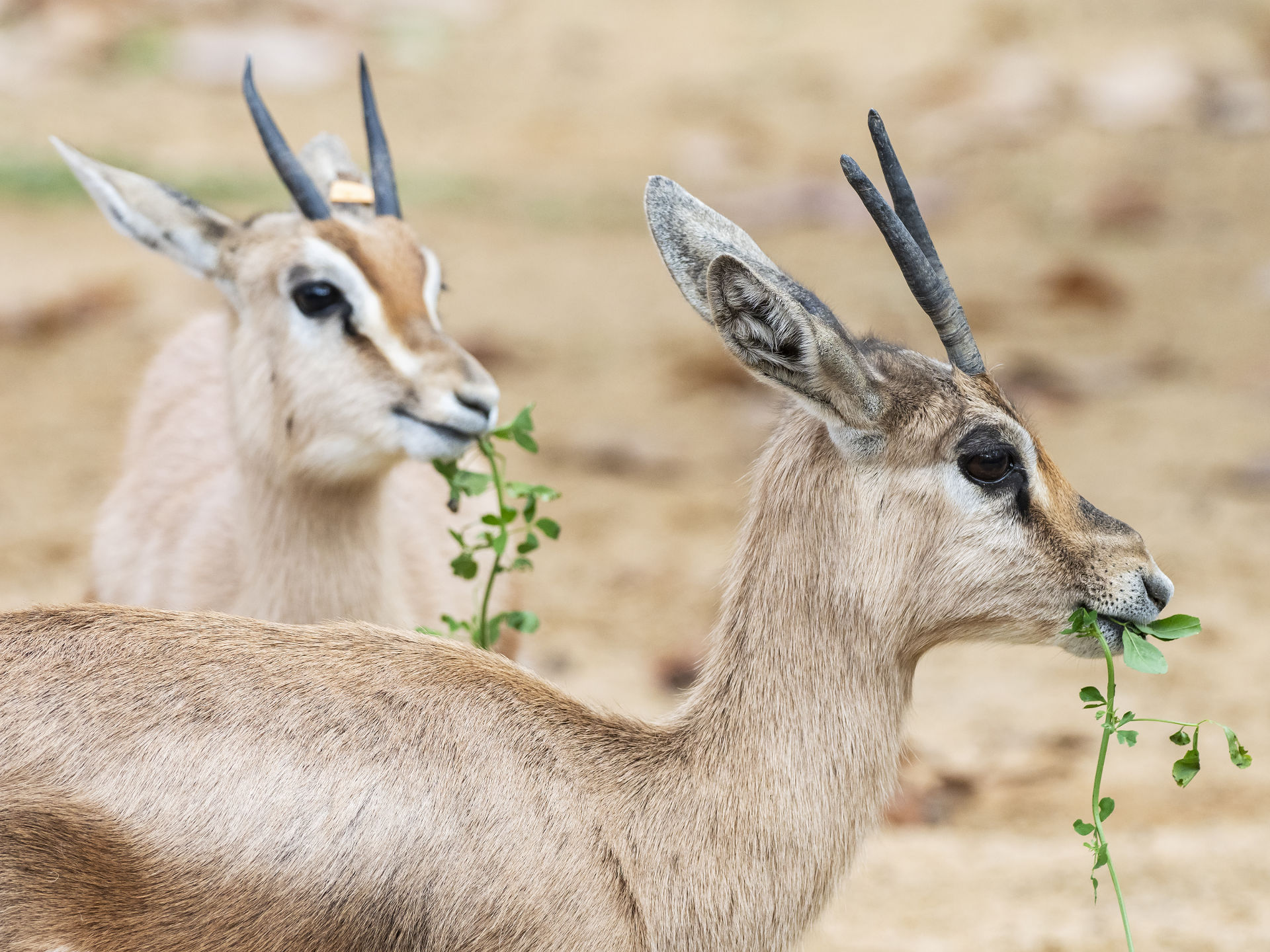
Apart from the recent reappearance of species such as bears and wolves, the European polecat (Mustela putorius) is the most endangered carnivorous mammal in Catalonia, classified as “in danger of extinction” in the proposed new Catalogue of Endangered Fauna in Catalonia. Yet in contrast to other mustelids, such as the otter and the European mink, the species has not been studied in much detail, , nor is it the subject of any specific recovery plan. Moreover, most people have never heard of it.
Mainly nocturnal in character, they usually feed on small rodents and amphibians, but can also specialise in preying on rabbits, in places where these rodents are abundant. The European polecat has a wide but highly irregular distribution, with particularly low numbers in Western Europe and the Mediterranean Arc. Its presence appears to be linked to mosaic landscapes rich in water resources, often agricultural plains with a wide range of habitats, even though it is not a markedly semi-aquatic species like the otter or the European and American mink.
The European polecat was a relatively common species until the 1970s, but its population has fallen drastically since then. Five years ago there were even fears that it may become completely extinct. Nevertheless, data collected in the last few years, mainly from road kills, show the existence of a metapopulation remaining in the Alt Empordà and Baix Empordà flatlands.
The researcher started studying the species three years ago with the aim of delimiting as accurately as possible the location of the surviving nuclei and outlining its ecology, funded by the Antoni Jonch grant for 2015. The obtained results confirmed the critical situation of the species: of the 22 regions where the polecat was thought to be living in the 1980s, only two now remain (Alt Empordà and Baix Empordà), with no apparent connection between these two nuclei.
In line with the results obtained in the initial stages of this project, it is now possible to begin the work of safeguarding the survival of the species in the remaining nuclei, helping it to expand while re-establishing connectivity between the nuclei to create a viable metapopulation.
The main aims are:
- To monitor the identified polecat communities and investigate new evidence concerning the species' presence.
- To gain more in-depth knowledge of the polecat's ecology. by investigating its diet, analysing its interaction with other species and its use of the habitat.
- To identify and ecologically characterise areas of strategic value for the species.
- To advise on and take part in actions aimed at recuperating the species, executed by the relevant administration but defined according to this study, such as increasing rabbit populations in selected areas, using delimited hunting seasons and measures to boost populations, as well as reducing populations of American mink at strategic points, designing and adapting corridors for inter-population connections and implementing measures to reduce the number of road kills in identified black spots.
After five years of study, which has shown the European polecat's situation to be critical, the TuroCat project has been set up to take action and prevent the extinction of this species in Catalonia. The project has been designed by a working group of specialists from Barcelona Zoo, the NGO Trenca, the UdG and the Government of Catalonia's Ministry of Territory and Sustainability, overseen by the Fundació Trenca. Its aim is to recover and reconnect the last bastions of the species in the province of Girona and create new nuclei by releasing healthy individuals from these populations into other areas of the Iberian Peninsula.



